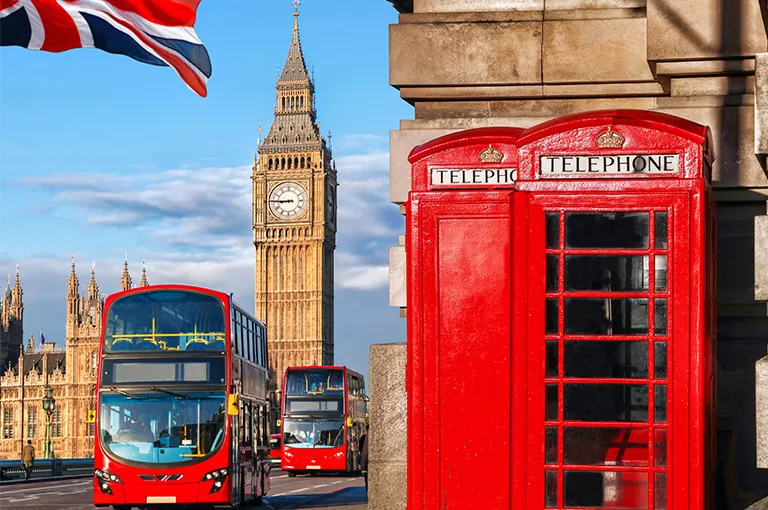
Urban mobility creates challenges, because the development of cities, the increase in the number of jobs and, consequently, in the number of people circulating in the streets daily, creates an increase in the demands on public transport systems. However, there are places that excel in this respect, that are global references, and should be taken as models. Check out below some of the best transport systems in the world.
London. The city has the biggest and oldest system, the London Metropolitan. It’s one of the most efficient in the world, with about 400km in extension and around 270 stations. Furthermore, the English capital has surface trains, a vast network of buses (including the famous red double-decker bus), and trams, in order to supply the demands of English citizens and of the millions of visitors it receives every year.
Tokyo. One of the biggest cities in the world, it also has one of the most complex transport system in the world, comprising the subway, bus networks, surface trains, ferries, and trams. All these services are extremely punctual and use advanced technology. The subway has heated seats, is extremely clean, and offers information about the routes and stations in Japanese and English.
New York. The biggest city in the USA offers many alternatives in public transport. Buses, trains, the subway, bicycle paths, ferries and even exclusive pathways for pedestrians make New York one of the best places in the world to move around in. Its subway system is as famous as the Empire State Building, and for good reason. It works 24 hours a day, and is almost as extensive as the London underground, with approximately 375km and express lines separate from other local lines. Besides the subway, all the other services mentioned also work 24 hours a day.
Hong Kong. One of Asia’s most important cities, Hong Kong leaves nothing to be desired in its public transport system. It covers the whole city, with public railways working 11 lines, buses, micro-buses, trams, ferries and taxis that are efficient and punctual, making the entire city accessible.
Moscow. It has one of the oldest subway systems, dating from 1935. It’s considered one of the most efficient and punctual systems in the world. Covering about 330km, with up to 40 trains circulating per hour, it serves about 7.5 million people daily.
Paris. No matter where you are in Paris, you’ll probably find a metro station within 500 meters. At least 300 stations are spread throughout the city, interconnecting all its areas. The metro network covers about 214km, serves over 4 million people daily, and is integrated with bus and train services.
Big cities grow bigger every day. Therefore, having a trustworthy and efficient public transport system is fundamental for ensuring that urban mobility doesn’t become impaired and slowed down. An integrated infrastructure connects people, workers, industries and ideas, besides offering a solid basis for economic growth.











